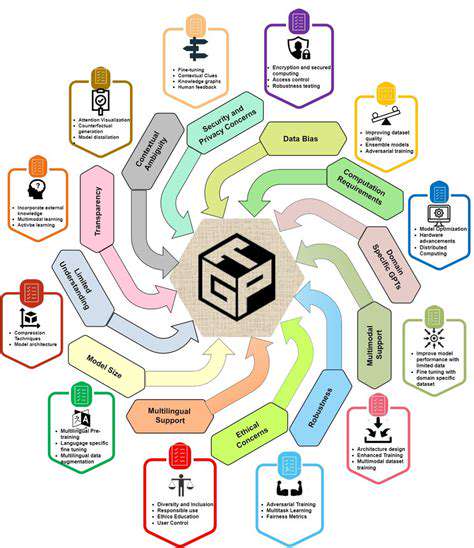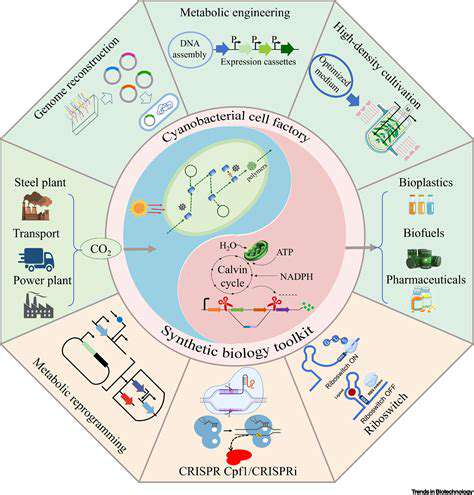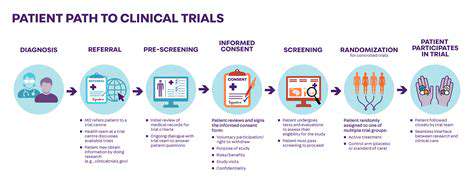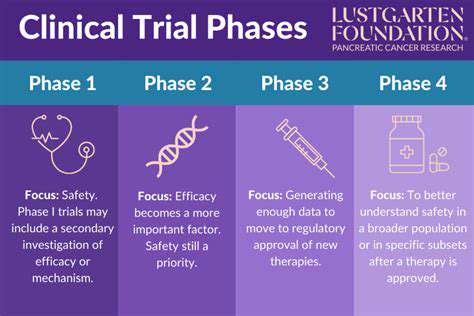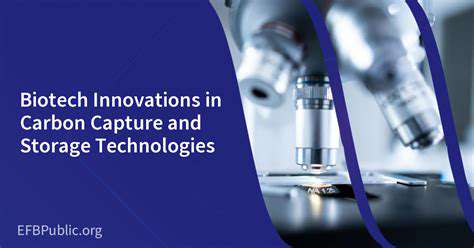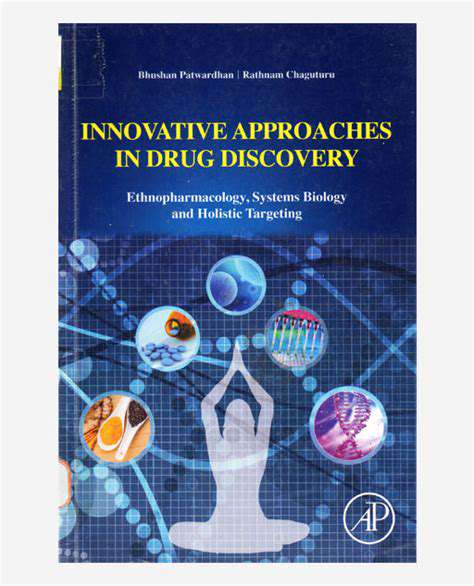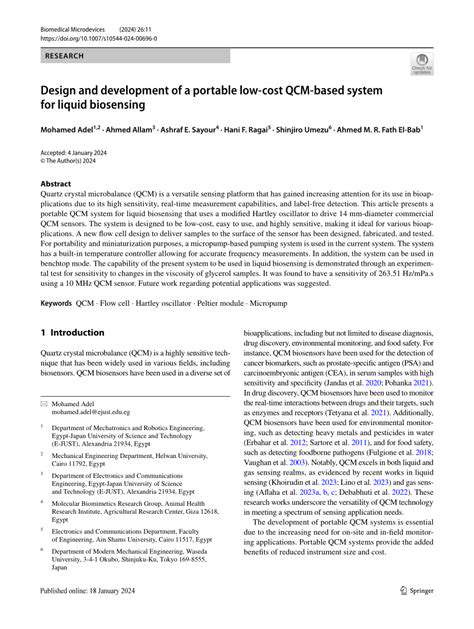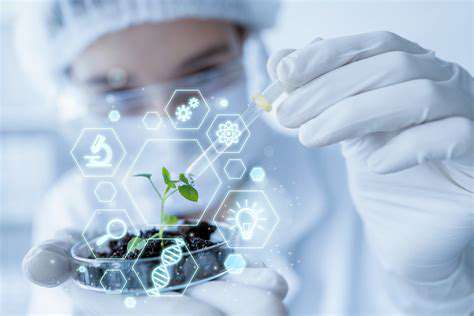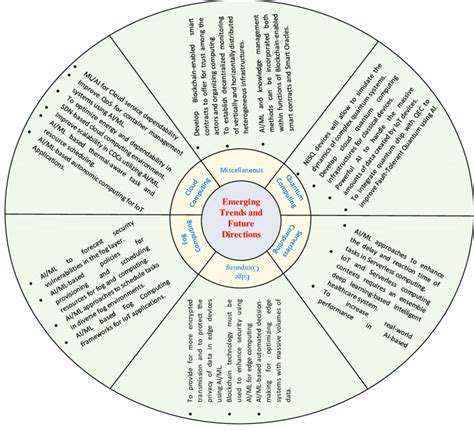Genetic Selection and Breeding for Disease Resistance
Genetic Selection for Disease Resistance in Aquaculture
Genetic selection plays a crucial role in improving disease resistance in aquaculture species. By identifying and selecting individuals with superior genetic traits related to disease resistance, breeders can gradually enhance the overall health and resilience of farmed populations. This process involves careful monitoring of disease susceptibility within a population, identifying individuals that exhibit a higher resistance to specific pathogens, and strategically breeding these individuals to produce offspring with improved genetic profiles. This approach is vital for developing sustainable aquaculture practices, reducing the reliance on antibiotics and other disease treatments, and ultimately boosting the overall economic viability of the industry.
Traditional breeding methods, such as selective breeding and line crosses, are often employed for genetic selection. However, modern advancements in genomic technologies, such as marker-assisted selection (MAS), are revolutionizing the process. MAS allows breeders to identify specific genes or DNA markers associated with disease resistance, enabling more precise and efficient selection of desirable traits. This accelerated approach not only improves selection accuracy but also reduces the time required to develop disease-resistant strains, a significant advantage in the context of rapidly evolving pathogens.
Breeding Strategies for Enhanced Disease Resistance
Implementing effective breeding strategies is essential for achieving sustainable disease resistance in aquaculture. These strategies should incorporate a multifaceted approach, considering the specific pathogens prevalent in the target environment and the genetic diversity within the farmed population. A key aspect of these strategies involves maintaining a diverse gene pool to avoid inbreeding depression and to ensure the population's ability to adapt to future disease challenges. Careful selection of breeding pairs, along with appropriate management practices, can significantly enhance the outcome of genetic improvement programs.
Crossbreeding different strains or lines can introduce desirable genes from diverse genetic backgrounds, potentially leading to hybrid vigor (heterosis) and improved disease resistance. Furthermore, incorporating genes from wild populations, where natural selection has shaped disease resistance, can provide valuable genetic resources for aquaculture breeding programs. This approach, however, must be carefully managed to avoid introducing unwanted traits or compromising the overall health of the farmed population.
Improving Disease Resistance Through Genomics
Genomic technologies are rapidly transforming aquaculture breeding programs, providing unprecedented opportunities to identify and select for disease resistance traits. High-throughput genotyping allows for the analysis of thousands of DNA markers simultaneously, accelerating the identification of genes and genetic variations associated with disease resistance. This information can be incorporated into breeding programs, enabling more precise selection of individuals with desirable genetic profiles.
Comparative genomics between susceptible and resistant individuals can uncover specific genes or pathways involved in immune response or pathogen defense. This knowledge can then be utilized to develop targeted breeding strategies and to design efficient marker-assisted selection programs. Such advancements are essential for developing disease-resistant strains capable of thriving in challenging environmental conditions, ultimately contributing to the long-term sustainability of aquaculture.
Managing Disease Risk Through Breeding
Breeding programs focused on disease resistance are not just about selecting individual fish; they are about constructing resilient populations. This encompasses careful management of the entire aquaculture system, including water quality, feed composition, and environmental conditions. A holistic approach is vital to minimize disease risk, even with genetically improved stock. Breeding programs should be complemented with robust disease surveillance systems and biosecurity protocols within aquaculture facilities.
Proactive monitoring of disease outbreaks and adaptation of breeding strategies to emerging pathogens are crucial. This adaptive approach ensures that breeding programs remain relevant and effective in the face of evolving disease challenges. The goal is to create a sustainable aquaculture ecosystem where genetically improved stock is nurtured within disease-resistant environments, further minimizing the need for disease treatments and maximizing production efficiency.
Developing Biosecurity Protocols with Biotechnology's Help
Leveraging Genetic Engineering for Disease Resistance
Biotechnology offers a powerful tool in developing biosecurity protocols by enabling the genetic engineering of aquaculture species. This approach allows for the introduction of genes conferring resistance to specific pathogens, creating a built-in defense mechanism. By identifying genes responsible for disease susceptibility and manipulating them, we can enhance the innate immune response of farmed fish, shrimp, or other aquatic organisms. This genetic modification reduces the risk of outbreaks, minimizing the need for prophylactic treatments and reducing the environmental impact of antibiotics.
Moreover, genetic engineering can potentially target multiple pathogens simultaneously, leading to broader protection. This approach is particularly valuable in environments where multiple disease threats are present, providing a more comprehensive biosecurity strategy.
Employing CRISPR Technology for Early Detection
CRISPR-Cas9 technology is revolutionizing diagnostic capabilities in aquaculture. Its precision and efficiency allow for the development of rapid and accurate diagnostic tools for early disease detection. By targeting specific pathogen DNA or RNA sequences, CRISPR-based tests can identify infected individuals before clinical symptoms appear, enabling timely intervention and preventing further spread. This early detection strategy is crucial for effective biosecurity protocols.
The potential for high-throughput screening using CRISPR-based diagnostics is substantial. This allows for rapid analysis of large populations of aquatic organisms, facilitating effective quarantine and disease control measures.
Utilizing Bioremediation Strategies for Environmental Protection
Biotechnology plays a crucial role in biosecurity by promoting environmental health. Developing bioremediation strategies, utilizing specific microorganisms, can significantly reduce the presence of pathogens in aquaculture environments. These microorganisms can degrade pathogens or toxins, reducing the reservoir of infectious agents in the water. This approach contributes to a healthier aquatic environment, reducing the risk of disease outbreaks.
Optimizing Water Quality Parameters Through Biomonitoring
Biotechnology allows for the development of sophisticated biomonitoring tools to continuously assess water quality parameters. Sensors and biological indicators can detect changes in water chemistry, nutrient levels, and other factors that might influence disease susceptibility in aquatic organisms. This real-time monitoring enables proactive adjustments to water quality, minimizing stress on the animals and reducing the risk of disease outbreaks. This approach provides a more dynamic and responsive biosecurity protocol compared to traditional methods.
Developing Vaccines for Enhanced Immunity
Biotechnology enables the development of highly effective vaccines against prevalent diseases in aquaculture. By understanding the pathogen's structure and identifying key antigens, scientists can engineer vaccines that stimulate a protective immune response. These vaccines can be tailored to specific pathogens and adapted to different aquaculture species, providing targeted protection against various diseases. Vaccination strategies, when combined with other biosecurity measures, can significantly reduce the incidence and impact of disease, leading to improved production yields and economic benefits.
Bioremediation and Environmental Sustainability

Bioremediation Techniques
Bioremediation is a promising approach to address environmental contamination, leveraging the capacity of microorganisms to degrade or transform pollutants. This process involves introducing or stimulating specific microbial populations to the contaminated site, which then metabolize and break down harmful substances into less toxic or non-toxic byproducts. Different bioremediation techniques target various pollutants and environmental conditions, offering a tailored solution to specific contamination challenges. Effective bioremediation necessitates meticulous site characterization and careful selection of appropriate microbial agents.
Various bioremediation techniques, such as biostimulation and bioaugmentation, are employed depending on the nature of the contaminant and the surrounding environment. Biostimulation involves enhancing the growth and activity of naturally occurring microorganisms by supplying essential nutrients, such as oxygen or nitrogen. Conversely, bioaugmentation involves introducing specific microbial species or genetically engineered microorganisms to accelerate the biodegradation process. The choice of technique often depends on the specific type of pollutant present and the characteristics of the contaminated site.
Environmental Impacts of Bioremediation
Implementing bioremediation strategies has a significant impact on the surrounding environment, both positive and potentially negative. The positive impacts include the removal of harmful pollutants, restoring ecosystem health, and minimizing long-term environmental damage. Properly executed bioremediation projects can effectively reduce the risks associated with persistent toxic substances and promote the recovery of contaminated ecosystems. Careful monitoring and evaluation are crucial to assess the overall environmental impact and ensure the long-term sustainability of the remediation process.
While generally considered environmentally friendly, bioremediation can present certain challenges. Unforeseen impacts on indigenous microbial communities or the potential for the generation of intermediate byproducts that are equally toxic may necessitate further investigation. Careful consideration of potential ecological consequences is essential to minimizing the risk of unintended environmental damage. Moreover, the effectiveness of bioremediation can be influenced by factors such as soil properties, moisture content, and the availability of nutrients, requiring thorough assessment and planning.
Applications and Future Directions
Bioremediation holds immense potential for treating a wide array of environmental contaminants, including petroleum hydrocarbons, pesticides, heavy metals, and chlorinated solvents. It presents a cost-effective and environmentally sound alternative to conventional remediation methods in various applications, such as contaminated soil and water remediation. The versatility of bioremediation makes it an attractive option for a wide range of environmental problems. The development of innovative techniques, such as combining bioremediation with phytoremediation, holds significant promise for improving the efficiency and effectiveness of the process.
Future research in bioremediation is focused on enhancing the efficiency and scope of existing techniques, developing new approaches, and addressing potential challenges. Areas of focus include the development of more sophisticated microbial consortia, optimization of nutrient delivery systems, and the exploration of novel bioremediation strategies for emerging contaminants. Furthermore, advancements in genetic engineering promise to create more robust and effective microbial agents for bioremediation. This research will play a critical role in ensuring the long-term success and broader application of bioremediation technologies in environmental cleanup efforts.
